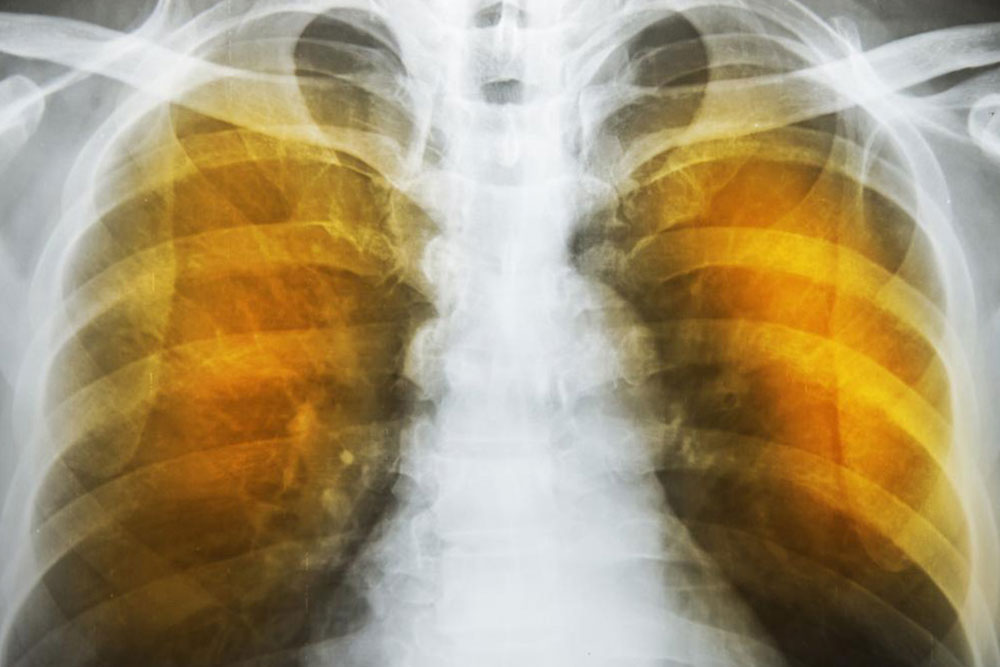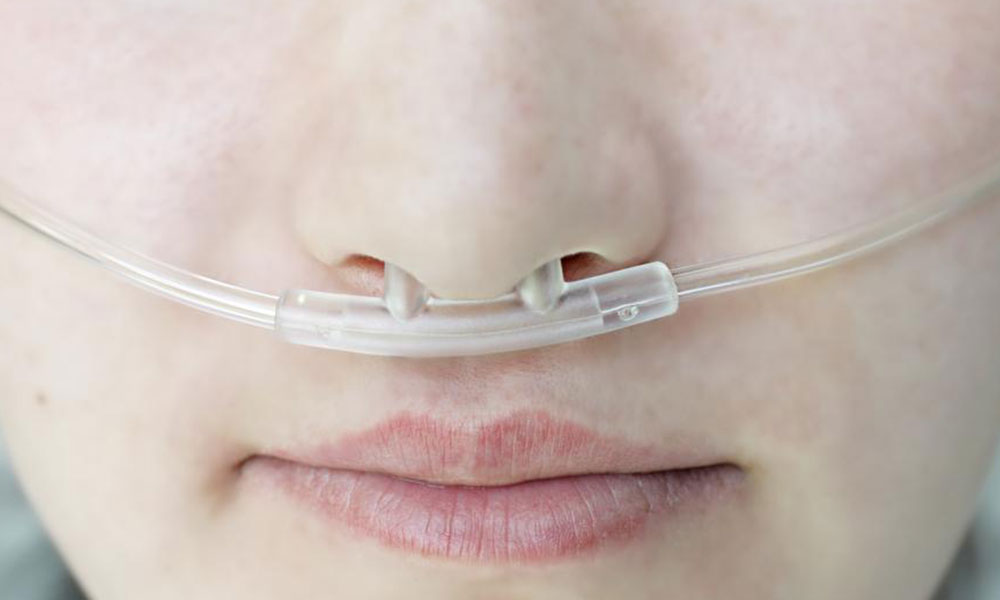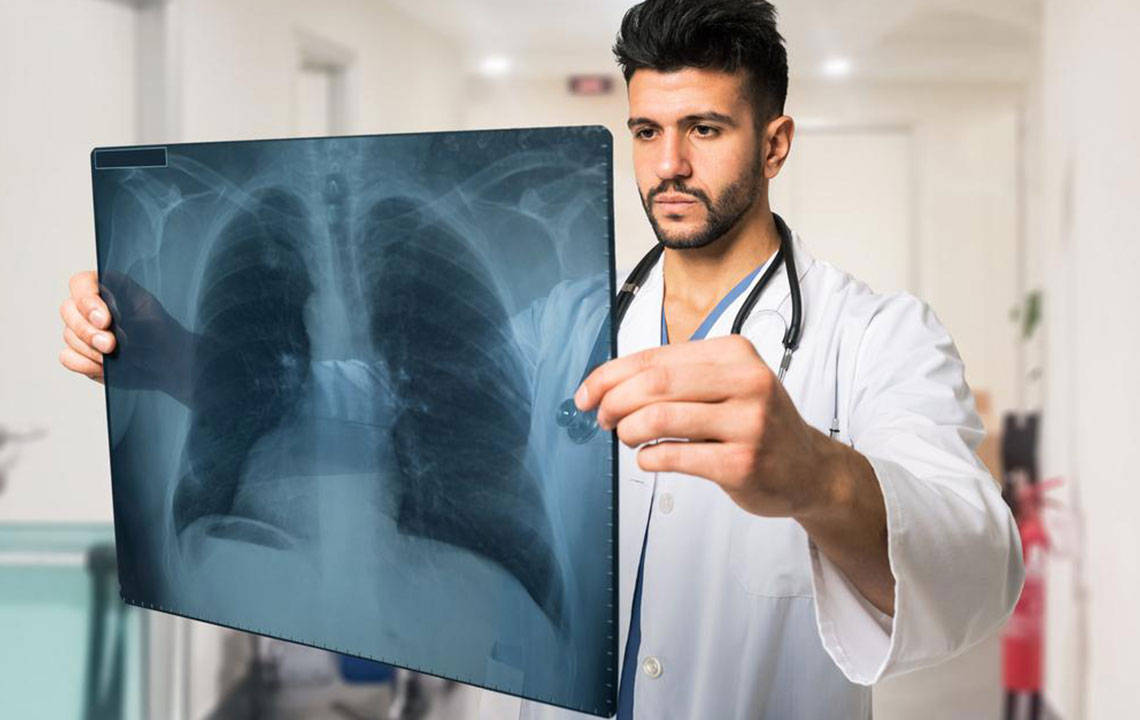Comprehensive Guide to Emphysema: Causes, Warning Signs, and Effective Treatment Options
This comprehensive guide explores emphysema, a serious lung condition characterized by alveolar damage. It covers causes, symptoms, risk factors, diagnostic methods, and modern treatment strategies, including oxygen therapy and surgical options. Emphasizing prevention and early intervention, the article aims to educate readers on managing this chronic disease effectively to improve life quality and prognosis.

Comprehensive Guide to Emphysema: Causes, Warning Signs, and Effective Treatment Options
Emphysema is a progressive and serious chronic lung disease that primarily affects the alveoli—the tiny, delicate air sacs within the lungs responsible for the vital exchange of oxygen and carbon dioxide. Over time, the walls of these alveoli become damaged or destroyed, significantly impairing the lungs' ability to supply oxygen to the bloodstream and remove carbon dioxide effectively. This deterioration results in breathing difficulties and a reduced overall quality of life for those affected. Recognizing the causes, risks, symptoms, and treatment options for emphysema is crucial for early diagnosis and management.
At its core, emphysema is part of a broader group of lung conditions known as Chronic Obstructive Pulmonary Disease (COPD). The primary cause of emphysema is long-term exposure to lung irritants, chiefly cigarette smoke, which accounts for the majority of cases. However, other factors such as exposure to air pollution, occupational hazards like dust and chemical fumes, and genetic predispositions—most notably alpha-1 antitrypsin deficiency—also play significant roles in the development of this disease.
Understanding the Causes of Emphysema
The most common cause of emphysema is smoking. Tobacco smoke contains numerous chemicals that inflame and damage the airways and alveoli, leading to their gradual destruction. Notably, the risk increases with both the duration and intensity of smoking, making cessation a vital step in prevention and management.
Environmental pollutants, including industrial fumes, chemical vapors, and other airborne toxins, can also contribute to lung damage in susceptible individuals. People working in hazardous environments are at increased risk if proper protective measures are not taken.
Genetics play an important role, especially in cases where individuals develop emphysema at a younger age or without significant exposure to risk factors. Alpha-1 antitrypsin deficiency, a hereditary disorder, leads to a deficiency of a protein that protects lung tissue from enzyme damage, making carriers more vulnerable to developing emphysema despite minimal environmental exposure.
Risks and Populations Most Affected
Smokers and those living in heavily polluted areas are at the highest risk of developing emphysema. Furthermore, individuals over the age of 40, especially those with a history of chronic bronchitis or other respiratory conditions, are more predisposed. People with a family history of lung diseases or genetic deficiencies are also at increased risk.
Recognizing the Symptoms of Emphysema
The early stages of emphysema often go unnoticed because symptoms tend to develop gradually. The most common early signs include shortness of breath during physical activity, a persistent cough, wheezing, and a feeling of chest tightness. As the disease progresses, symptoms become more severe and may include shortness of breath even at rest, unintentional weight loss, fatigue, and frequent respiratory infections.
Many patients also experience barrel chest appearance, characterized by an enlarged, rounded chest resulting from chronic over-inflation of the lungs. Recognizing these symptoms early and seeking medical attention can significantly improve disease management outcomes.
Diagnostics and Medical Evaluation
To diagnose emphysema, healthcare providers utilize a combination of medical history assessment, physical examinations, and diagnostic tests. Pulmonary function tests (PFTs), such as spirometry, are primary tools to evaluate lung capacity and airflow obstruction. Imaging techniques, including chest X-rays and high-resolution CT scans, help visualize alveolar damage and lung over-expansion.
Blood tests may be performed to assess oxygen and carbon dioxide levels, while arterial blood gases provide detailed information about oxygen saturation and acid-base status. In some cases, genetic testing for alpha-1 antitrypsin deficiency is recommended, especially in younger patients with significant symptoms without prior exposure to common risk factors.
Current Treatment Strategies for Emphysema
While emphysema is irreversible, many treatment options aim to relieve symptoms, prevent complications, and slow disease progression. The cornerstone of treatment includes smoking cessation, which has the most significant impact on disease progression and overall prognosis.
Medications like bronchodilators help open the airways, making breathing easier. Inhaled corticosteroids may reduce airway inflammation in some cases. Pulmonary rehabilitation programs combining exercise training, nutritional advice, and education can significantly improve quality of life and functional capacity.
Oxygen therapy remains a critical intervention for patients with advanced emphysema who experience low oxygen levels. Long-term oxygen therapy (LTOT) involves inhaling oxygen through nasal cannulas or masks for at least 15 hours daily, maintaining oxygen saturation between 88-94%. This therapy can improve survival, reduce pulmonary hypertension, and enhance daily activity levels.
Surgical and Advanced Treatments
In severe cases unresponsive to medical therapy, surgical options may be considered. Lung volume reduction surgery (LVRS) involves removing diseased, over-inflated lung tissue to improve respiratory mechanics and reduce symptoms. In exceptional cases, lung transplantation may be necessary for patients with significantly impaired lung function, offering the possibility of improved life expectancy and quality of life.
Preventive Measures and Lifestyle Modifications
Prevention is the most effective strategy against emphysema. Avoiding cigarette smoke and occupational exposures is paramount. Maintaining a healthy weight, engaging in regular physical activity, and avoiding lung irritants can also reduce risk. Vaccinations, especially against influenza and pneumococcus, help prevent respiratory infections that can exacerbate emphysema symptoms.
Regular health check-ups and pulmonary function testing are recommended for individuals at risk, enabling early diagnosis and intervention. Educating patients about recognizing symptoms and adhering to treatment regimens enhances disease management significantly.
Prognosis and Future Outlook
The prognosis for emphysema varies depending on disease severity, overall health, and adherence to treatment. While the disease itself is irreversible, timely intervention can improve quality of life, reduce hospitalizations, and extend survival. Advances in medical research continue to evolve, with ongoing studies into regenerative therapies and genetic interventions promising hope for future breakthroughs.
Living with emphysema requires a proactive approach centered on lifestyle modifications, medical management, and regular monitoring. Partnering with healthcare professionals can help patients navigate their condition effectively and maintain a better quality of life for years to come.





